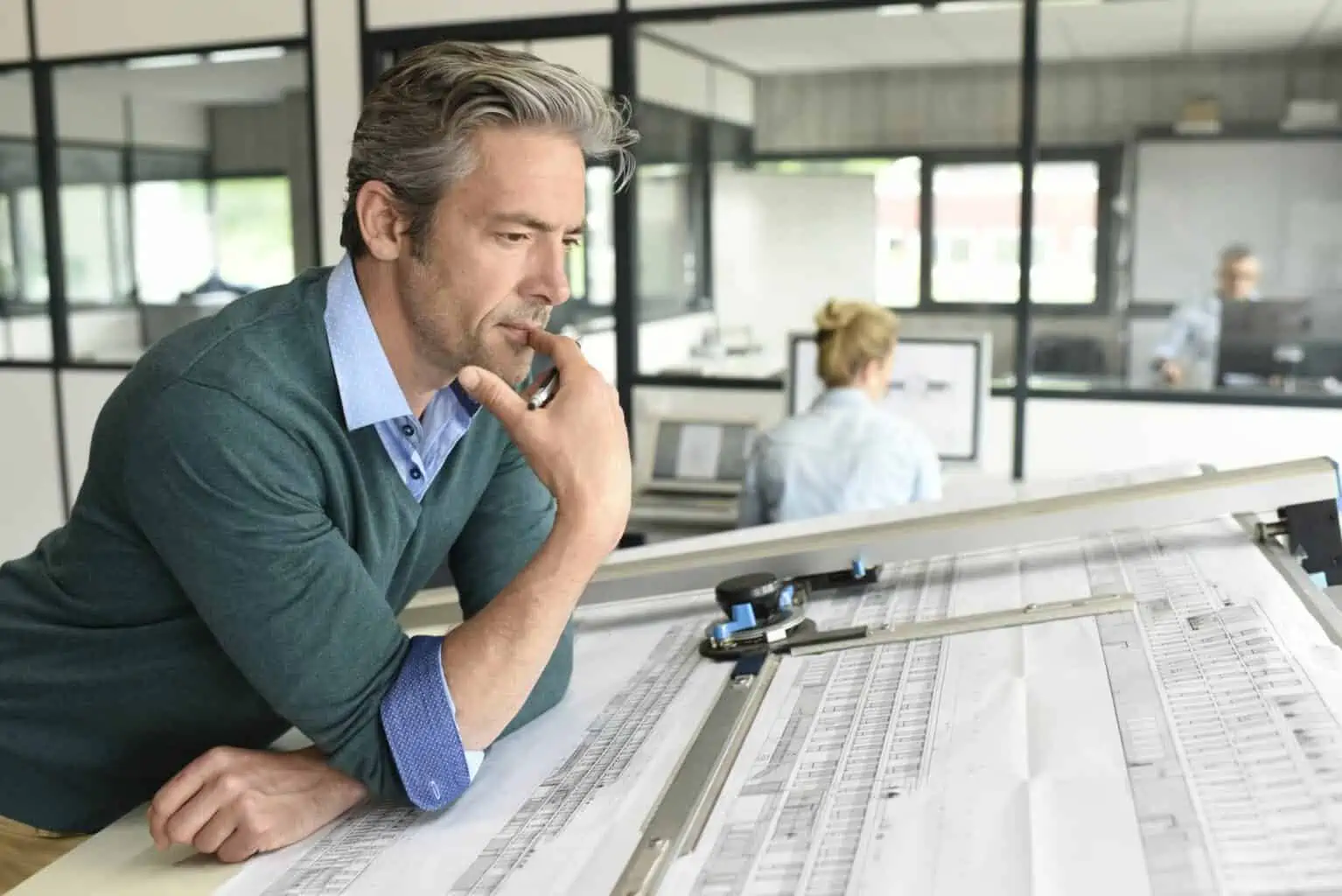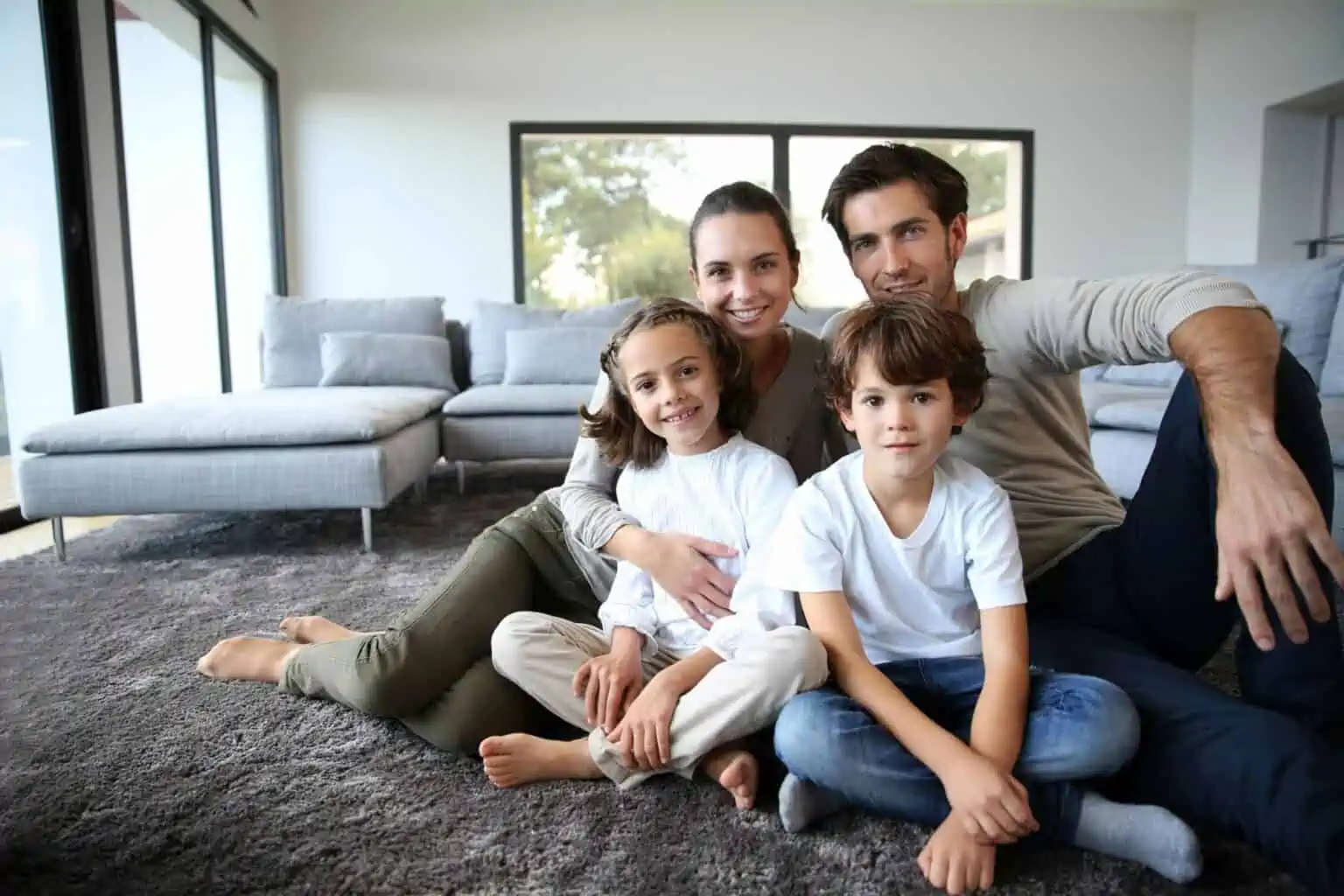The impact of sustainability in real estate industry

Sustainability is not just a trend or a fad, but also an urgent necessity in the context of global warming caused by CO2 emissions and intensively invasive anthropogenic activities Nowadays, more than ever, it is time for us to understand which is the impact we generate on the climate through the industry in which we operate and to start actions to adopt a carbon-zero policy.
Why sustainability is important in real estate?
Unfortunately, at the moment, real estate industry contributes with up to40% from global gas emissions with greenhouse effect, these consisting of 28% of operational emissions (ie the energy needed to heat, cool and power buildings) and 11% are generated from materials management and construction. From the construction of new properties to maintenance and performance of existing ones, there are high levels of energy consumption and a heavy reliance on fossil fuels in real estate industry.
However, there are solutions easy to implement in this area as long as there is a correct focus on minimizing the carbon footprint of amenities meant to create well-being and comfort in people’s houses. More than that, more attention is needed in terms of air and life quality, from a social point of view. Thus, lately the demand for buildings that conserve resources has increased, operate with a neutral impact on the climate and enable healthy work and life. In this sense, the engines of innovation turn out to be digitization technology and networking, through which people work together to implement sustainable principles.
This trend brings significant challenges to the real estate industry. The biggest obstacle lies in the implementation of regulatory requirements at EU and national levels. Recently, the European Union announced its program Renovation Wave, which will require a 60% reduction in carbon emissions from buildings and an 18% reduction in their heating and cooling demand by 2050. Bloomberg estimates that The EU will need to triple its current energy efficiency, while the level of spending will increase to achieve this goal, at a cost that will exceed several trillion dollars over the next decade.
How sustainability generates a competitive advantage

Based on these pressures of transition to sustainable solutions in the field of housing constructions, the climate risks for investments will be significantly reduced, but also the costs for maintenance and upkeep of all the facilities behind them. Buildings that are sustainably constructed incur lower maintenance costs, reduce utility expenses, and provide owners with a greater return on their investment. Compelling economic data, for both builders and their customers, has moved sustainability to the top of their priority list.
Through the benefits they generate on the lives of their residents, green buildings will have a visible impact on them, the quality of the environment at home and at work will drastically change health, both physical and mental.
Thus, with the help of techniques of sustainable building, people will gain in more than one way. For example, this type of buildings will rely on better thermal and acoustic insulation between floors, thanks to basalt wool insulation, but also thick, resistant and durable walls made of brick. Natural light will play an important role in regulating sleep cycles, increasing the quality of sleep, but also contributing considerably to the reduction of electricity consumption necessary for artificial light. In addition, the air quality will increase, and the natural ventilation systems based on passive forces like wind speed or pressure differences between inside and outside will not use expensive resources or harming for the environment.
Of course, outdoor spaces also play an essential role in protecting the environment and maintaining well-being in sustainable residential complexes. Thus, generous green spaces, parks, gardens and specially created spaces for socializing will bring people together. The power of community will have a significant impact when we talk about teaming up on collective sustainable initiatives such as: composting, recycling, reusing materials, urban agriculture and even the idea of green roofs. Moreover, ecological means of transport, bicycles and electric vehicles, as well as extended promenade areas will weigh heavily in the sustainable approach of housing complexes.
Impact of sustainability in the real estate industry through h4l projects
People will always be attracted to investments that prove to be profitable over time, but also put their health and well-being first. Moreover, they will feel honored to take part in a sustainable movement that will guarantee a better quality of life and greater care for nature and its resources. Through the design and construction of h4l apartments, in which it is used the BIM method (Building Information Modeling – a process focused on parameterized and intelligent 3D models, realizing the virtual construction of buildings before the physical construction onsite, with specific details that allow the efficient management of any changes in the project) minimizing costs, reducing the carbon footprint and protecting the environment surrounding are easily fulfilled.
Jane Goodall, an English primatologist and anthropologist, said that “not a single day can pass without you having an impact on the world around you; how you act makes a difference and you have to decide what kind of difference you want to make.” So if you knew that your investment in adoption h4l vision could be vital in the fight against global warming, how quickly would you be prepared to do it?